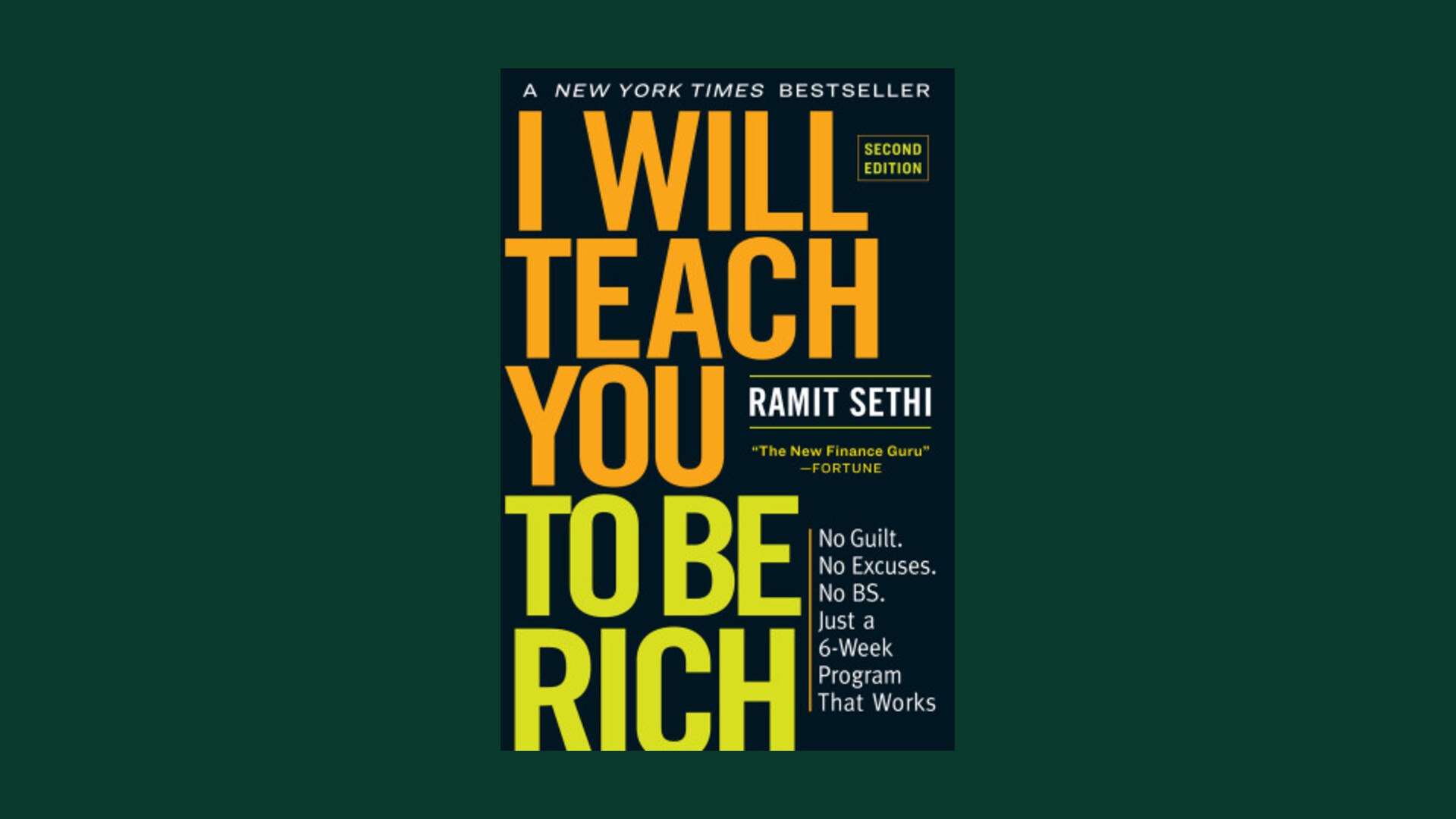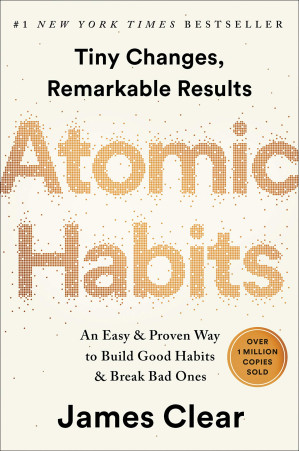🎯 Want Ramit Sethi’s scripts, automations, and mindset ready to deploy?
Read I Will Teach You to Be Rich, The Psychology of Money, and The Simple Path to Wealth FREE on www.readever.app – Harness AI highlights, negotiation prompts, and automation checklists that translate every chapter into your Rich Life roadmap.
The Rich Life Paradigm: Money as a Design Tool
Ramit Sethi’s I Will Teach You to Be Rich rejects deprivation-first budgeting. Instead, it starts with the question “What does your Rich Life look like?” and then builds a financial architecture that powers that vision. A Rich Life might mean first-class travel, founding a nonprofit, or simply never stressing over bills. Defining it upfront supplies the emotional fuel that keeps the system running.

Personal Responsibility Meets Behavioral Design
Sethi’s tone—direct, irreverent, no-B.S.—serves a purpose: it shifts the locus of control back to the reader. External factors exist, but the biggest levers remain within reach: negotiating income, optimizing spending, and automating investment flows. The book is a call to action, not a lecture on theory.
Mindset Principles That Power the System
Define Your Rich Life
Before opening accounts, get specific about the experiences, contributions, and feelings that signal “rich” for you. Revisiting this definition regularly keeps automation motivating rather than mechanical.
Focus on Big Wins
Sethi’s philosophy: devote energy to a few high-leverage moves—negotiating a raise, automating savings, optimizing major expenses—instead of micromanaging $3 coffees. One $5,000 raise early in your career dwarfs years of latte sacrifices.
Embrace the 85% Solution
Perfectionism delays action. Launch a system that’s “good enough” today, then iterate. An automated 85% solution beats a theoretical 100% plan sitting in a Google Doc.
The 6-Week Financial Architecture
Sethi sequences the program to deliver quick wins and momentum.
Week 1: Optimize Credit Cards
- Pull credit reports and dispute errors.
- Set autopay for full balances to avoid interest.
- Use scripted calls to waive fees and lower APRs.
- Request credit limit increases to improve utilization ratios.
Week 2: Beat the Banks
- Open a no-fee checking account and a high-yield savings account.
- Build labeled savings buckets (emergency fund, vacation, wedding).
- Negotiate existing bank fees; move if the bank refuses.
Week 3: Get Ready to Invest
- Contribute to a 401(k) at least up to the employer match.
- Open a Roth IRA at a low-cost brokerage.
- Start even with $50—time in the market matters more than timing.
Week 4: Conscious Spending & Debt Elimination
Design a Conscious Spending Plan (CSP) that allocates take-home pay into four buckets:
- Fixed Costs ~50-60%
- Investments ~10-15%
- Savings Goals ~5-10%
- Guilt-Free Spending ~20-35%
List every debt, target high-interest balances first, and choose avalanche vs. snowball based on your psychology.

Week 5: Automate the System
- Link checking, savings, investment, and credit accounts.
- Schedule transfers right after payday (“pay yourself first”).
- Automate bill pay for all fixed costs.
- Leave the remainder in checking as guilt-free spending money.
Week 6: Demystify Investing
- Favor broad index funds or target-date funds.
- Stay the course; most experts underperform after fees.
- Rebalance annually to maintain your asset allocation.
Core Frameworks Behind the Automation
Conscious Spending Plan (CSP)
The CSP is the anti-budget. It preserves lavish spending on what you love—luxury travel, gourmet dining, bespoke hobbies—because everything else is ruthlessly optimized and automated. Combined with Transforming Chaotic Reading Habits with AI, it becomes a habit loop that’s easier to sustain than manual tracking.
The Big Wins Manifesto
Shifting focus from tiny cuts to major levers reduces decision fatigue. Winning scripts and automation templates inside Readever remind you to revisit salary negotiations, insurance quotes, or rent refinancing annually.
Ladder of Personal Finance
- 401(k) contributions up to the full employer match.
- Pay off high-interest debt.
- Max out a Roth IRA (for low-cost fund access and tax-free growth).
- Max out remaining 401(k) space.
- Invest overflow in a taxable brokerage.

Advanced Strategies: Amplify the Rich Life
Master Salary Negotiation
- Maintain a brag sheet with quantified wins.
- Research market compensation on Salary.com, PayScale, Glassdoor.
- Script the conversation: schedule a review, communicate enthusiasm, present data-backed contributions, anchor to market rates.
- Treat “no budget” as an opening to discuss timing or alternative compensation.
Evaluate Major Purchases with Data
- Housing: Factor total cost of ownership, opportunity cost of down payments, and lifestyle goals. Renting can be perfectly aligned with a Rich Life.
- Cars: Favor reliable used vehicles; avoid status-driven depreciation sinks.
- Big Moments: Fund weddings or dream trips with automated savings goals to avoid post-event debt.
Critical Perspective: Where the System Shines and Struggles
- Strengths: Behaviorally savvy, automation-friendly, comprehensive, aspirational.
- Limitations: Percentages may feel out of reach for low-income households; the confident tone can alienate some readers; automation requires periodic check-ins to stay aligned.
- Comparison: Sethi stakes a middle ground between Dave Ramsey’s austerity and FIRE’s extreme frugality. He encourages rich living throughout life, not delayed gratification until retirement.
Reflection Prompts for Book Clubs & Journals
- What elements define your Rich Life today versus five years ago?
- Which Big Win (raise, automation, expense optimization) would move the needle most this quarter?
- How will you deploy the 85% Solution this week—what action can you start before it feels perfect?
- If you achieved a major savings goal, how would you spend extravagantly without guilt?
- When will you schedule your next “money council” check-in to ensure your automations still match your goals?
Related Reading
- An Expert's Companion to The Psychology of Money – Reinforce the behavioral foundations that keep your Rich Life plan resilient during turbulence.
- Analyst's Guide to The Simple Path to Wealth – Map your automated cashflow into a minimalist index-fund independence strategy.
FAQs
How do I personalize the Conscious Spending Plan percentages?
Adjust based on seasonality—new parents might see fixed costs spike temporarily. Re-run the math quarterly to keep allocations honest.
What if my employer doesn’t offer a 401(k)?
Max a Roth IRA, then leverage taxable brokerage accounts. Use the same automation flow; only the destination changes.
Should I pay off all debt before investing?
Eliminate high-interest debt aggressively. For low-rate student loans or mortgages, weigh psychological comfort versus mathematical return.
How often should I revisit my Rich Life vision?
Annually, and whenever major life events occur. Update your Readever reading notes so future prompts reflect your current priorities.
Can automation make me complacent?
Set quarterly calendar reminders (or Readever nudges) to audit transfers, contributions, and goals. Automate the review of your automations.
📚 Ready to keep the Rich Life playbook top of mind?
Queue I Will Teach You to Be Rich with AI-guided prompts now – Let the companion surface negotiation scripts, CSP tweaks, and automation checklists exactly when you need them.






